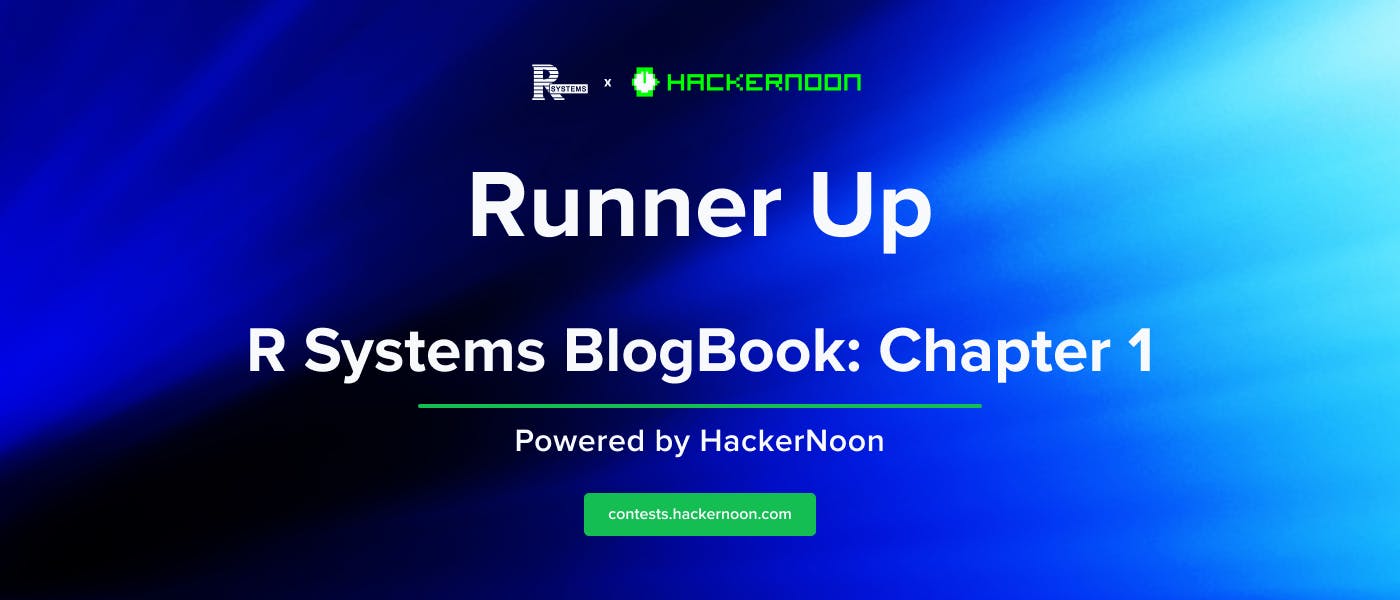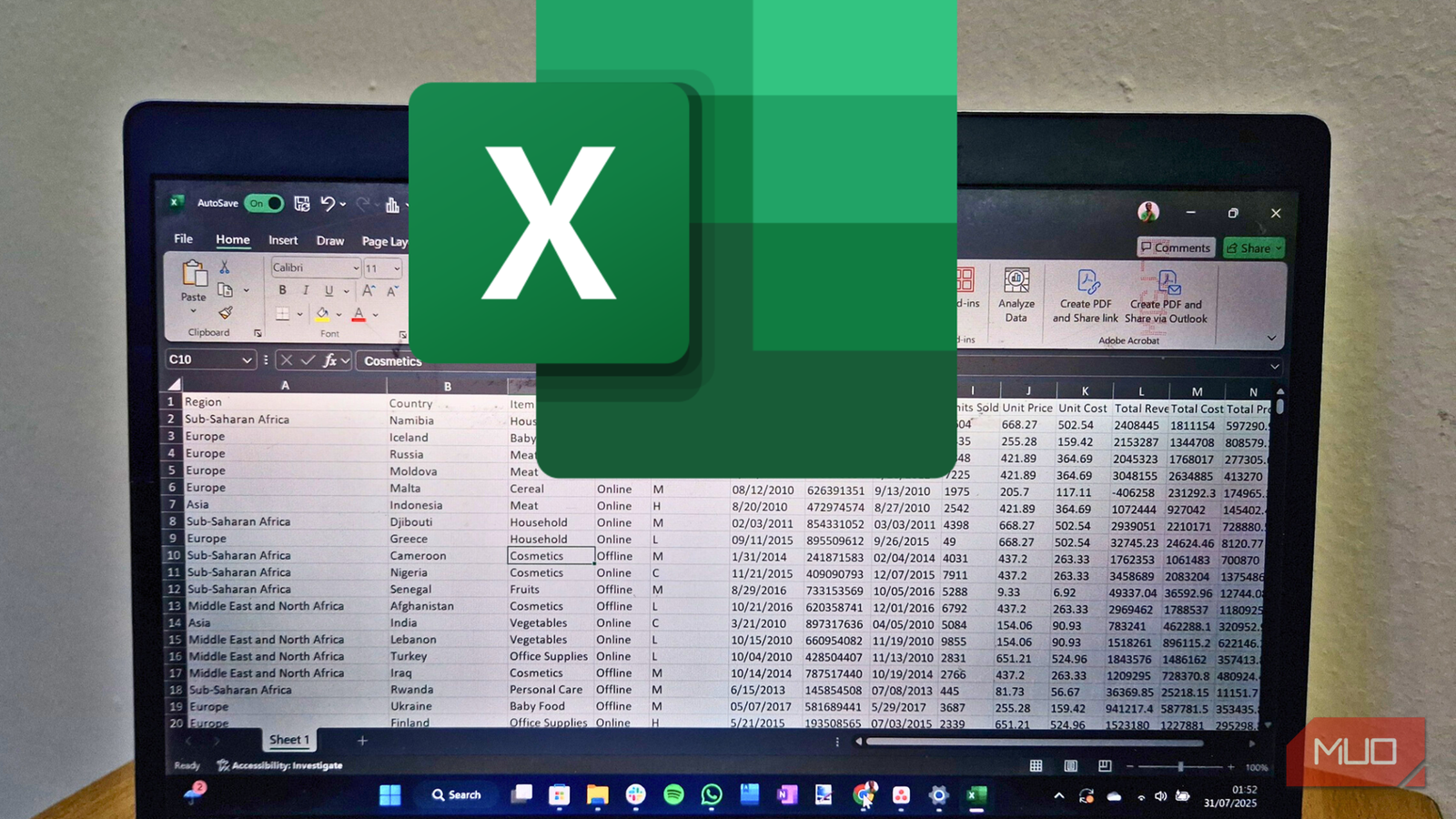The cloud-native landscape, characterized by its dynamic, distributed, and ephemeral nature, offers unprecedented agility and scalability. However, this very dynamism shatters traditional security paradigms. The concept of a trusted internal network protected by a hardened perimeter is increasingly obsolete. Microservices sprawl across multi-cloud environments, containers spin up and down in seconds, and APIs form the critical, yet vulnerable, connective tissue. In this new reality, how do we establish trust? How do we protect sensitive data and critical workloads when the perimeter has dissolved? The answer lies in a fundamental shift in security thinking: Zero Trust.
Zero Trust is not a product, but a strategic approach to cybersecurity built on the principle of “Never Trust, Always Verify.” It dictates that no user or entity, whether inside or outside the traditional network boundary, should be trusted by default. Instead, trust must be established explicitly, and continuously verified, and access granted with the least privilege necessary, based on context. This article delves into the core tenets of Zero Trust Architecture (ZTA), explores the unique challenges of implementing it within cloud-native environments, and outlines practical strategies, technologies, and best practices. Aimed at IT security professionals, cloud architects, DevSecOps engineers, and technology decision-makers, this guide offers actionable insights for architecting robust and resilient security in the cloud-native era.
Understanding Zero Trust: Core Principles
The foundation of Zero Trust Architecture, as formalized by frameworks like NIST Special Publication 800-207, rests on several key principles that fundamentally redefine how we approach security:
- Never Trust, Always Verify: This is the cornerstone. Zero Trust eliminates the outdated concept of implicit trust based on network location. Every access request, regardless of origin, must be treated as potentially hostile. Verification requires rigorous authentication of both the user and the device, coupled with authorization based on dynamic policies before granting access to any resource.
- Assume Breach: ZTA operates under the assumption that breaches are inevitable, or may have already occurred. Security measures are therefore designed to minimize the blast radius of an attack. If an attacker gains a foothold, their ability to move laterally across the network and access other resources should be severely restricted.
- Least Privilege Access: Users and systems should only be granted the absolute minimum permissions required to perform their specific tasks, for the shortest necessary duration. This principle applies not just to user accounts but also to applications, services, and network flows. Access is granted on a per-session, per-request basis.
- Micro-segmentation: Instead of broad network segments, Zero Trust advocates for granular segmentation, often down to the individual workload level. Network traffic is restricted based on identity and policy, creating small, isolated zones (micro-segments). This prevents lateral movement by attackers, containing potential breaches.
- Continuous Monitoring and Validation: Trust is not a one-time event; it’s dynamic and must be continuously assessed. ZTA mandates ongoing monitoring of user behavior, device health, network traffic, and resource access patterns. Deviations from expected behavior or changes in security posture can trigger re-authentication or revocation of access.
- Focus on Resources: Protection efforts center on securing the resources themselves (data, applications, services) rather than just the network segments they reside in. Access policies are defined based on the sensitivity and context of the resource being accessed.
The Cloud-Native Conundrum: Unique Challenges
While the principles of Zero Trust are universally applicable, implementing them in cloud-native environments presents a unique set of challenges stemming from the inherent nature of the cloud:
- Dynamic & Ephemeral Infrastructure: Cloud-native environments are constantly in flux. Containers, serverless functions, and virtual machines are created, destroyed, and scaled automatically within minutes or seconds. Static IP-based rules and traditional perimeter defenses are ineffective against such transient workloads. Security policies must adapt dynamically to this constant change.
- Distributed Architectures & Increased Attack Surface: Microservices break down monolithic applications into smaller, independent components. While offering flexibility, this vastly increases the number of network endpoints and communication paths (the “east-west” traffic) that need securing, significantly expanding the attack surface.
- API Proliferation: APIs are the backbone of cloud-native applications, facilitating communication between microservices, third-party integrations, and user interfaces. Each API endpoint is a potential entry point for attackers, demanding robust authentication, authorization, rate limiting, and threat protection.
- Complexity and Scale: Managing security across potentially thousands of microservices, containers, functions, and APIs spread across hybrid or multi-cloud environments introduces significant complexity. Defining, enforcing, and monitoring granular policies at this scale is a major hurdle.
- Identity Management: Distinguishing between human users, service accounts, application identities, and infrastructure components becomes critical and complex. Managing credentials, roles, and permissions consistently across this diverse landscape requires sophisticated Identity and Access Management (IAM) and Privileged Access Management (PAM) solutions.
- Visibility and Monitoring: Gaining comprehensive visibility into ephemeral workloads, encrypted traffic between services (often within a service mesh), and API interactions is difficult. Traditional monitoring tools often lack the context and granularity needed for effective threat detection and response in these environments.
- Automation and Integration (DevSecOps): Security cannot be an afterthought; it must be integrated seamlessly into CI/CD pipelines. Automating security checks, policy enforcement, and vulnerability management (shifting security “left”) is essential but requires cultural change and new tooling within a DevSecOps framework.
- Shared Responsibility Model: Organizations must clearly understand the division of security responsibilities between themselves and their cloud service providers (CSPs). Misconfigurations within the customer’s responsibility scope remain a primary cause of cloud breaches.
Implementing Zero Trust in the Cloud: Strategies and Technologies
Successfully implementing Zero Trust in a cloud-native environment requires a multi-faceted approach, leveraging specific strategies and technologies across different security domains.
Identity and Access Management (IAM) – The Foundation
Identity is the core pillar of Zero Trust. Verifying who or what is requesting access is paramount. * Strong Authentication: Move beyond passwords. Implement Multi-Factor Authentication (MFA) universally for all users. Explore passwordless authentication methods (FIDO2, biometrics) for improved security and user experience.
- Granular Access Control: Implement Role-Based Access Control (RBAC) and Attribute-Based Access Control (ABAC) to enforce least privilege. Leverage Conditional Access policies (common in platforms like Azure AD and AWS IAM) that factor in user identity, device health, location, and real-time risk signals to make dynamic access decisions.
- Identity Federation & SSO: Use Single Sign-On (SSO) solutions federated with a central Identity Provider (IdP) like Azure AD, Okta, or Ping Identity to manage identities consistently across cloud platforms and applications.
- Privileged Access Management (PAM): Securely manage and monitor privileged accounts (human and machine) using PAM solutions. Implement just-in-time (JIT) access and session recording for sensitive operations.
Figure 2: Example Azure AD Conditional Access Policy Configuration. Demonstrates defining conditions (e.g., user risk, device compliance) and grant controls (e.g., require MFA) for accessing cloud apps.
Network Security & Segmentation
Zero Trust redefines network security, moving away from perimeter defense towards granular, identity-based segmentation.
- Micro-segmentation: Implement fine-grained network segmentation, ideally at the workload level. Use cloud-native security groups/firewalls (e.g., AWS Security Groups, Azure Network Security Groups, GCP Firewall Rules) and advanced solutions like service meshes (Istio, Linkerd) or dedicated micro-segmentation platforms (Illumio, Akamai Guardicore) to enforce policies based on service identity, not just IP addresses. Traffic between segments should be denied by default.
- Zero Trust Network Access (ZTNA): Replace traditional VPNs with ZTNA solutions (also known as Software-Defined Perimeters or SDPs). ZTNA grants access to specific applications based on verified user and device identity and context, rather than providing broad network access.
- Service Mesh Security: Leverage service meshes like Istio or Linkerd within Kubernetes environments to enforce mutual TLS (mTLS) for encrypted communication between microservices, apply fine-grained traffic control policies, and gain visibility into service-to-service communication.
Continuous Monitoring, Visibility, and Analytics
You cannot protect what you cannot see. Continuous monitoring is crucial for verifying trust and detecting threats.
- Centralized Logging & SIEM: Aggregate logs from all relevant sources (cloud platforms, applications, endpoints, identity providers, network devices) into a central Security Information and Event Management (SIEM) system for correlation and analysis.
- User and Entity Behavior Analytics (UEBA): Employ UEBA tools to baseline normal behavior for users and service accounts and detect anomalies that might indicate compromised accounts or insider threats.
- Cloud Security Posture Management (CSPM): Use CSPM tools to continuously monitor cloud environments for misconfigurations, compliance violations, and security risks. Native cloud tools like AWS Security Hub, Azure Security Center (Microsoft Defender for Cloud), and Google Security Command Center provide foundational CSPM capabilities.
- Cloud Workload Protection Platforms (CWPP): Deploy CWPP solutions to provide visibility and protection for cloud workloads (VMs, containers, serverless functions), including vulnerability management, runtime protection, and endpoint detection and response (EDR) capabilities tailored for the cloud.
Securing Cloud-Native Workloads
Protecting the diverse workloads running in the cloud requires specific approaches.
- Container Security: Implement security throughout the container lifecycle: scan images for vulnerabilities in registries and CI/CD pipelines, enforce security policies (e.g., preventing root privileges), monitor container runtime behavior for threats, and secure the underlying orchestrator (like Kubernetes).
- Serverless Security: Secure serverless functions by applying least privilege IAM roles, validating input event data, securing function code and dependencies, and monitoring execution logs for anomalies.
- Kubernetes Security: Secure Kubernetes clusters by configuring RBAC, implementing network policies for pod communication, managing secrets securely, hardening node configurations, and regularly scanning for vulnerabilities and misconfigurations.
API Security
Given their critical role, APIs require dedicated security measures.
- Authentication & Authorization: Secure APIs using robust mechanisms like OAuth 2.0 and OpenID Connect (OIDC) for user and application authentication/authorization. Manage API keys securely.
- API Gateways: Use API gateways to centralize policy enforcement, authentication, rate limiting, throttling, and routing for APIs.
- Input Validation & Threat Protection: Validate all API inputs rigorously to prevent injection attacks. Use Web Application Firewalls (WAFs), potentially integrated with API gateways, to protect against common web and API-specific threats (e.g., OWASP API Security Top 10). * Encryption: Enforce TLS encryption for all API traffic (data in transit).
Data Security & Compliance
Ultimately, Zero Trust aims to protect data. This involves understanding where data resides, classifying it, and applying appropriate controls.
- Data Classification & Labeling: Identify and classify sensitive data across your cloud environments. Use tags or labels to apply appropriate security policies.
- Encryption: Encrypt sensitive data both at rest (using cloud provider KMS or managed database encryption) and in transit (using TLS/mTLS).
- Data Loss Prevention (DLP): Implement DLP solutions to monitor and prevent the exfiltration of sensitive data through various egress points.
- Compliance Mapping:Map Zero Trust controls to relevant compliance frameworks (e.g., NIST CSF, PCI DSS, HIPAA, GDPR). Leverage cloud provider compliance reports and tools to streamline audits.
- Audit Trails: Ensure comprehensive audit logging for all access requests, policy changes, and security events.
Key Technologies and Tools Landscape
Implementing ZTA involves leveraging a combination of technologies, often integrated:
- Identity Providers (IdP): Azure Active Directory, Okta, Ping Identity, Google Cloud Identity.
- ZTNA/SDP Vendors: Zscaler Private Access (ZPA), Palo Alto Networks Prisma Access, Cloudflare Access, Netskope Private Access, Akamai Secure Internet Access Enterprise.
- Micro-segmentation: Illumio Core, Akamai Guardicore Segmentation, Cisco Secure Workload (Tetration), Cloud-native controls (Security Groups, Network Policies).
- CSPM/CWPP: Palo Alto Networks Prisma Cloud, Aqua Security Platform, CrowdStrike Falcon Cloud Security, Sysdig Secure, Lacework Polygraph Data Platform, Wiz, Orca Security, Native Cloud Tools (AWS Security Hub, Azure Defender for Cloud, GCP Security Command Center).
- Service Mesh: Istio, Linkerd, Consul Connect.
- API Security: API Gateways (AWS API Gateway, Azure API Management, Google Apigee), WAFs (Cloudflare, Akamai, F5), Dedicated API Security Vendors (Salt Security, Noname Security).
- SIEM/SOAR: Splunk, IBM QRadar, Microsoft Sentinel, Exabeam, Securonix, LogRhythm.
Real-World Benefits of Cloud-Native Zero Trust
Adopting a Zero Trust model in cloud-native environments yields significant advantages:
- Enhanced Security Posture: Drastically reduces the attack surface and limits the blast radius of breaches by eliminating implicit trust and enforcing least privilege.
- Improved Threat Detection & Response: Continuous monitoring and granular visibility enable faster detection of anomalous activities and compromised entities.
- Better Compliance & Governance: Granular access controls, comprehensive auditing, and policy enforcement help meet stringent regulatory requirements.
- Secure Remote Access: Provides secure, application-specific access for remote workers and third parties without the risks associated with traditional VPNs.
- Increased Operational Efficiency: Automation of policy enforcement and security tasks reduces manual effort and improves consistency.
- Enabling Secure Digital Transformation: Allows organizations to confidently adopt cloud-native technologies, microservices, and DevOps practices without compromising security.
Common Pitfalls and How to Avoid Them
The journey to Zero Trust is complex and not without potential pitfalls:
- Complexity Overwhelm: Trying to implement everything at once can be overwhelming. Avoidance: Start small, focusing on critical assets or use cases. Adopt an iterative approach, continuously expanding and refining the ZTA implementation.
- Negative User Experience: Overly restrictive policies or cumbersome authentication processes can frustrate users and impede productivity. Avoidance: Balance security needs with user experience. Involve users early, leverage adaptive/conditional access, and explore passwordless options.
- Tool Sprawl and Integration Challenges: Implementing ZTA often involves multiple tools. Lack of integration creates security gaps and operational overhead.
- Avoidance: Prioritize integrated platforms where possible. Focus on tools with robust APIs for interoperability. Develop a clear architectural vision.
- Lack of Automation: Manually managing policies and responding to alerts in dynamic cloud environments is unsustainable. Avoidance: Invest heavily in automation for policy definition (Policy-as-Code), enforcement, monitoring, and response (SOAR).
- Insufficient Monitoring & Visibility: Implementing controls without adequate visibility to verify their effectiveness is dangerous. Avoidance: Ensure comprehensive monitoring across identity, endpoints, network, applications, and data. Continuously validate that policies are working as intended.
- Ignoring the Cultural Shift: Zero Trust is as much about culture as it is about technology. Resistance to change or lack of security awareness can undermine implementation. Avoidance: Foster a security-aware culture. Emphasize that security is everyone’s responsibility. Provide training and clear communication.
Conclusion
In the dynamic, perimeter-less world of cloud-native computing, Zero Trust is no longer a niche concept but a strategic imperative. Moving beyond outdated perimeter-based defenses and embracing the “Never Trust, Always Verify” philosophy is essential for protecting modern enterprises. By focusing on strong identity verification, least privilege access, micro-segmentation, continuous monitoring, and securing workloads and APIs directly, organizations can build resilient and adaptive security architectures.
The implementation journey requires careful planning, leveraging the right technologies across identity, network, workloads, data, and monitoring domains, and addressing the unique challenges posed by cloud-native environments. While pitfalls exist, an iterative, risk-based approach focused on critical assets, automation, and fostering a security-conscious culture can lead to success.
Begin your Zero Trust journey by assessing your current security posture, identifying high-risk areas, and developing a phased roadmap. Start implementing foundational controls like strong IAM and micro-segmentation for critical applications. Remember, Zero Trust is not a destination but a continuous process of refinement and adaptation. By embracing this journey, organizations can unlock the full potential of the cloud while maintaining robust security and trust in an inherently untrusted world.
References:
- National Institute of Standards and Technology (NIST). (2020). Special Publication 800-207: Zero Trust Architecture. https://doi.org/10.6028/NIST.SP.800-207
- (Include URLs from web search in research_notes.md as appropriate or cite specific articles if directly quoted/paraphrased extensively)












